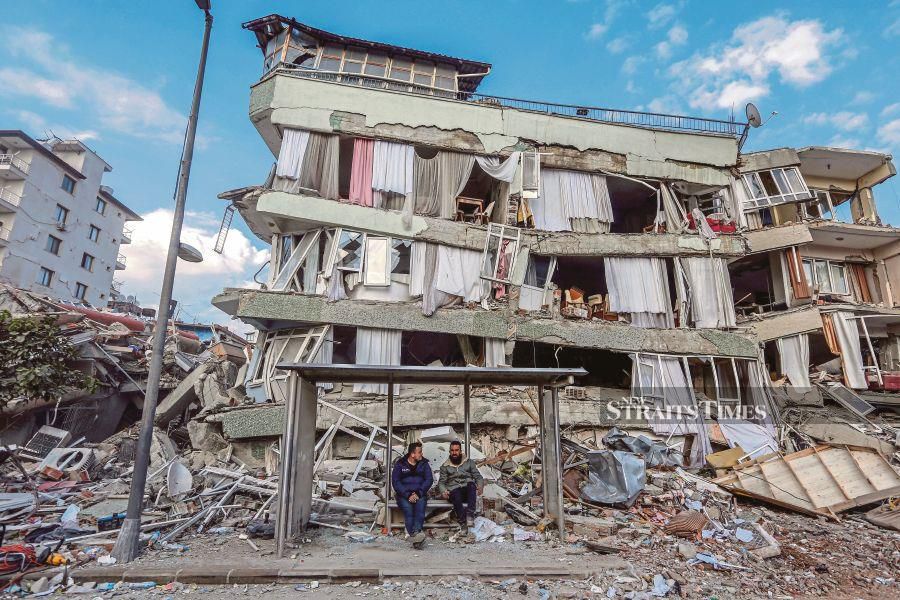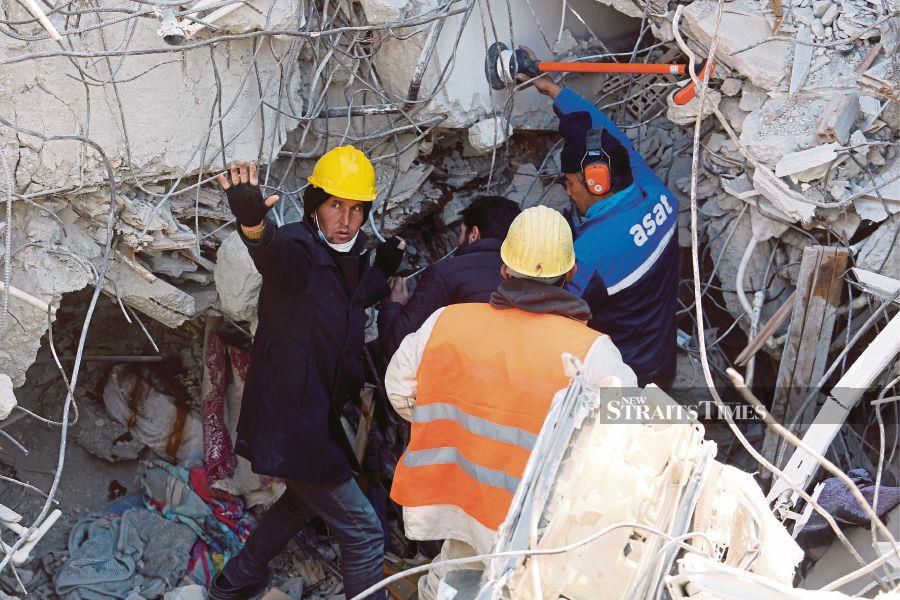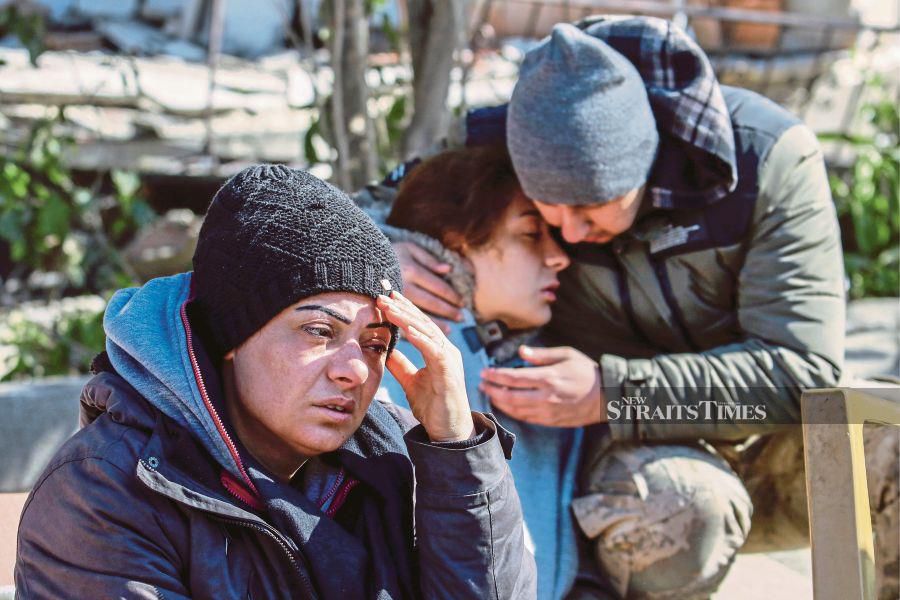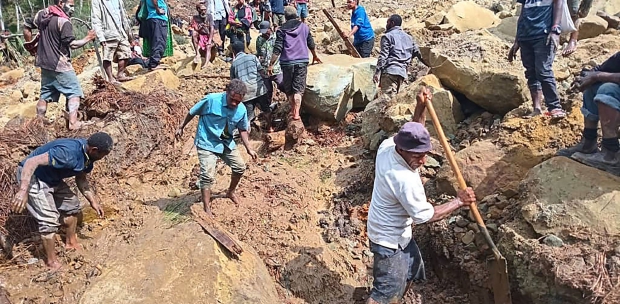IT has been more than a week since earthquakes struck southern Turkiye and northern Syria. To date, over 40,000 were killed in both countries with millions of others left homeless.
The United Nations said the quakes had killed 35,418 people in Turkiye and 5,800 in Syria.
The Feb 6 earthquakes with magnitudes of 7.7 and 7.6 centred in the Kahramanmaras province, affecting more than 13 million people in 11 provinces, including Adana, Adıyaman, Diyarbakir, Gaziantep, Hatay, Kilis, Malatya, Osmaniye, Sanliurfa and Elazig.
Some countries in the region, including Lebanon, also felt the tremors less than 10 hours after the quakes hit Turkiye.
Turkish news agency Anadolu — quoting the Disaster and Emergency Management Authority (AFAD) — reported that more than 253,000 search-and-rescue (SAR) personnel were on the ground.
The agency said, to date, at least 216,347 people had been evacuated from the quake-hit areas.
Turkiye's Foreign Ministry said 7,098 foreign rescue workers from 74 countries were involved in the SAR missions.
The earthquakes were three times stronger than the Marmara earthquake that hit the country's northwest in 1999, President Recep Tayyip Erdogan said.
On Feb 8, the New Straits Times Press sent journalist Hafizul Helmi Mohd Nor and photographer Aizuddin Saad to ground zero for news coverage for a week, together with the Muslim Care Malaysia group, which was dispatching aid to earthquake victims.
Aizuddin said the aftermath of the disaster was much worse than his experience in covering earthquakes in Pidie Jaya, Aceh, in 2016, and Palu, Sulawesi, in 2018.
He said rescue workers desperately sought to locate survivors under the rubble and debris.
There were even aftershocks that occurred five to eight times, lasting several seconds during the night.
It was an unsettling situation for both, who feared that the tremors could cause the house they were staying in to collapse.
The non-stop sound of sirens could be heard around the disaster site. Both of them also faced daunting tasks to cover the natural calamity as temperatures plunged to 0°C.











